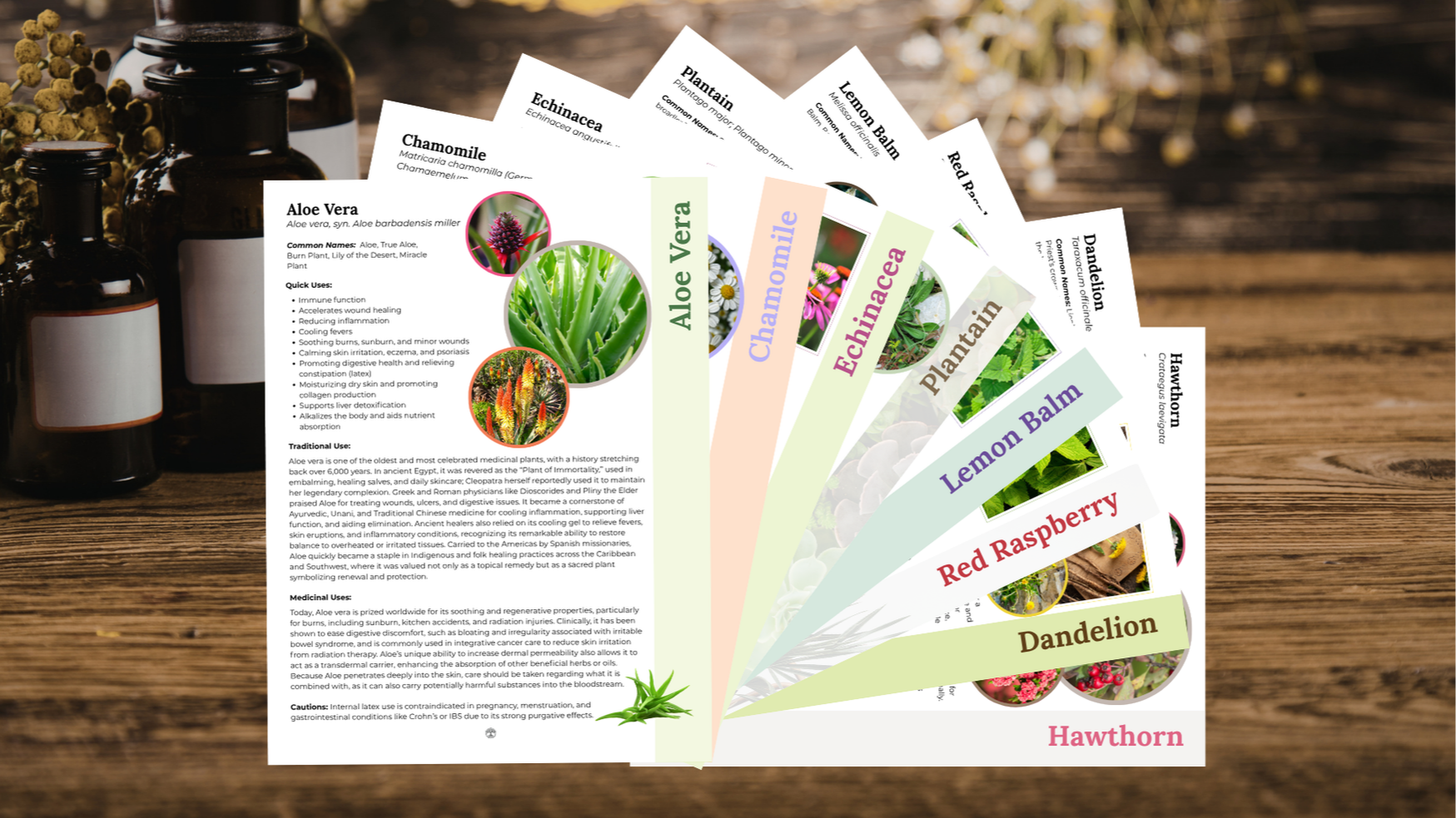
The Naked Gene
Nov 15, 2022In our family some of us, have days where wearing clothes feels restrictive and uncomfortable. We laugh about this and called this the naked gene. This gene got passed on to some of the children. When grandchildren were born into the family, we again recognized there were some grandchildren who were happier when they were naked. As some got older they did not like to wear clothing and would repeatedly strip their clothes off. Others refuse to wear clothing at night, even in the winter. Again we refer to this behavior as, this child must have the "Naked Gene".
What Are You Wearing?
I never really considered why some of the people in our family were like this. It wasn't until I was enrolled in my first herbal classes that I began thinking about what really might be going on with some of my family members and this naked gene. In my first Family Herbalist course from The School of Natural Healing, I learned that we should wear natural fibers against the skin. It allows our largest organ, the skin to breathe and is less likely to cause skin allergies. Synthetic fibers can be suffocating and non-breathable. Sometimes when our skin is not able to breathe, we feel irritable. I had never thought about this before. Why would our skin need to breathe and was our skin really a body organ?
Could this be the problem? Maybe there really wasn't something called a "naked gene" that could be inherited and passed on?
What to Wear?
What are natural fibers? They are fibers produced by plants or animals. Natural fibers include cotton, linen, silk, wool, jute, bamboo, hemp, Tencel, pinatex and more.
Plant Fibers: Cotton, Linen, Bamboo, Jute, Hemp, Tencel, and pinatex
Advantages of natural fibers: absorbent, eco-friendly, durable. Mostly eco-friendly and considered to be carbon neutral
(the exception is cotton). These fabrics are durable, absorbent, insulated and hypoallergenic. They also have unique antibacterial qualities.
What are synthetic fibers? These are made form chemical compounds.
I prefer to wear natural fibers and sleep on sheets made of natural fibers. Anything that touches my body for a long period of time, should be comfortable and soothing to my body. I do not exclusively wear natural fibers, but I spend most of my time wearing these.
If I find myself feeling irritable or anxious, I first assess what I am wearing next to my skin. I may be able to solve the situation if I just change my clothes. Or as my husband would prefer, just take off my clothes.
Kelly Summers, is a Master Herbalist & Natural Healing Guide®. She knows that knowledge is empowering and deeply desires to share the insights she has learned through her continued journey of learning.
References:
Christopher, John R. Herbal Home Health Care. Springville (UT): Christopher Publications. 2004. Clothing; p. 166.
Design & Style. "Natural vs. Synthetic Fibers: What’s the Difference?" 26 Aug 2021. https://www.masterclass.com/articles/natural-vs-synthetic-fibers#advantages-of-using-natural-fibers
Compare>ethics<. "The Case for Natural Fibres vs Synthetic Fibres" 12 Oct 2020. https://compareethics.com/natural-fibres-vs-synthetic-fibres
Muzyczek, M. (2020). The use of flax and hemp for textile applications. Handbook of natural fibres (pp. 147-167). Woodhead Publishing.
Sudam, A. (2009). Bamboo: Green and Breathable Natural fiber. Man-Made Textiles in India, 52(11).
Zimniewska, M., & Kozlowski, R. (2003). Natural or man-made fibers–the question of our health. Institute of Natural Fibers, Poland.



